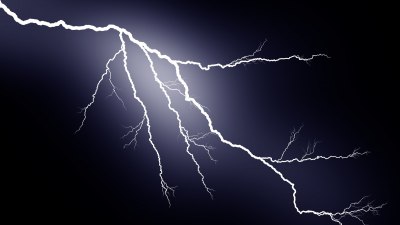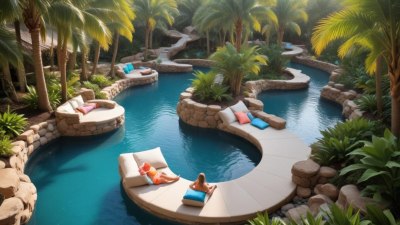How Lightning Affects the Ozone Layer Above Us
Explore the intricate relationship between lightning and the ozone layer and its environmental implications.

Image by user15145147 on Freepik
The ozone layer plays a crucial role in shielding the Earth from harmful ultraviolet (UV) radiation emitted by the sun. However, it is vulnerable to various natural phenomena, one of which is lightning. This article investigates how lightning affects the ozone layer, exploring its mechanisms, implications, and the broader environmental significance.
The Basics of the Ozone Layer
The ozone layer, located in the stratosphere, contains a high concentration of ozone (O3) molecules. It absorbs the majority of the sun’s harmful UV radiation, which can cause skin cancer, cataracts, and other health issues in living organisms. The layer is not uniform and varies in thickness depending on geographic location and time of year, providing vital protection to the biosphere.
The Nature of Lightning
Lightning is a natural electrical discharge produced during thunderstorms. It occurs due to the buildup of static electricity in clouds, resulting in a massive release of energy. This energy can exceed millions of volts and can reach temperatures of around 30,000 degrees Fahrenheit, which is hotter than the surface of the sun. Lightning also produces a chemical reaction, forming nitrogen oxides that can have various environmental effects.
How Does Lightning Create Ozone?
Interestingly, lightning does not destroy the ozone layer; instead, it can contribute to its formation. The immense energy from a lightning strike can break apart molecular nitrogen (N2) and oxygen (O2) in the atmosphere. This process releases free oxygen atoms, which can then combine with other oxygen molecules to form ozone (O3). Studies suggest that a single lightning strike can produce enough ozone to significantly contribute to the total global production of ozone in the troposphere.
Global Ozone Production
Global estimates indicate that lightning can generate approximately 3-5% of the total ozone produced in the lower atmosphere each year. This might seem minor, but considering the volume of ozone involved, it has a notable impact on air quality and can contribute to the atmospheric composition. This is especially significant considering the challenges surrounding ozone depletion and maintaining healthy levels of ozone in the atmosphere.
The Dual Role of Lightning
While lightning can facilitate ozone production, it poses a threat to the ozone layer, particularly in the stratosphere, where excess nitrogen oxides (NOx) generated by lightning can contribute to ozone depletion. The nitrogen oxides can participate in reactions that break down ozone and can lead to a net loss in ozone levels. This dual role complicates our understanding of the balance between ozone generation and depletion.
Impact on the Stratosphere
In the stratosphere, ozone loss is primarily caused by man-made substances such as chlorofluorocarbons (CFCs). However, natural processes, including lightning-induced nitrogen oxides, can complicate this scenario. The presence of these compounds, particularly after significant lightning storms, can influence the overall concentrations of ozone and lead to regional variations in ozone levels.
Climate Change and Lightning Frequency
Climate change is anticipated to affect thunderstorm patterns and lightning frequency. As global temperatures rise, it is expected that the number of thunderstorms will also increase, resulting in more lightning strikes. This rise in lightning could potentially enhance ozone generation, but it could also exacerbate ozone depletion in the long run due to increased nitrogen oxides in the stratosphere.
Case Studies and Research Findings
Research conducted in various regions has shown the complex interactions between lightning and ozone levels. For example, studies in the southeastern United States, which experiences high lightning activity, demonstrated elevated levels of tropospheric ozone during and following thunderstorms. This indicates that lightning plays a significant role in local air quality and might influence broader climate patterns.
The Importance of Monitoring
As our understanding of the interactions between lightning and the ozone layer grows, monitoring these elements becomes increasingly important. Satellite technology can track lightning activity and assess its effects on atmospheric compositions, including ozone levels. This information is vital for understanding long-term trends and the potential impacts of climate change on both lightning frequency and ozone layer health.
In conclusion, while lightning plays a complex role in the dynamism of the ozone layer, contributing to its formation and simultaneously posing a risk to its stability, the intricate balance of these processes necessitates further research. The implications of lightning on environmental health, air quality, and climate patterns underscore the importance of understanding natural phenomena and their interactions with human-induced changes. As we continue to monitor and study these phenomena, we can better appreciate the intricate web of life and the protective layers of our atmosphere.











